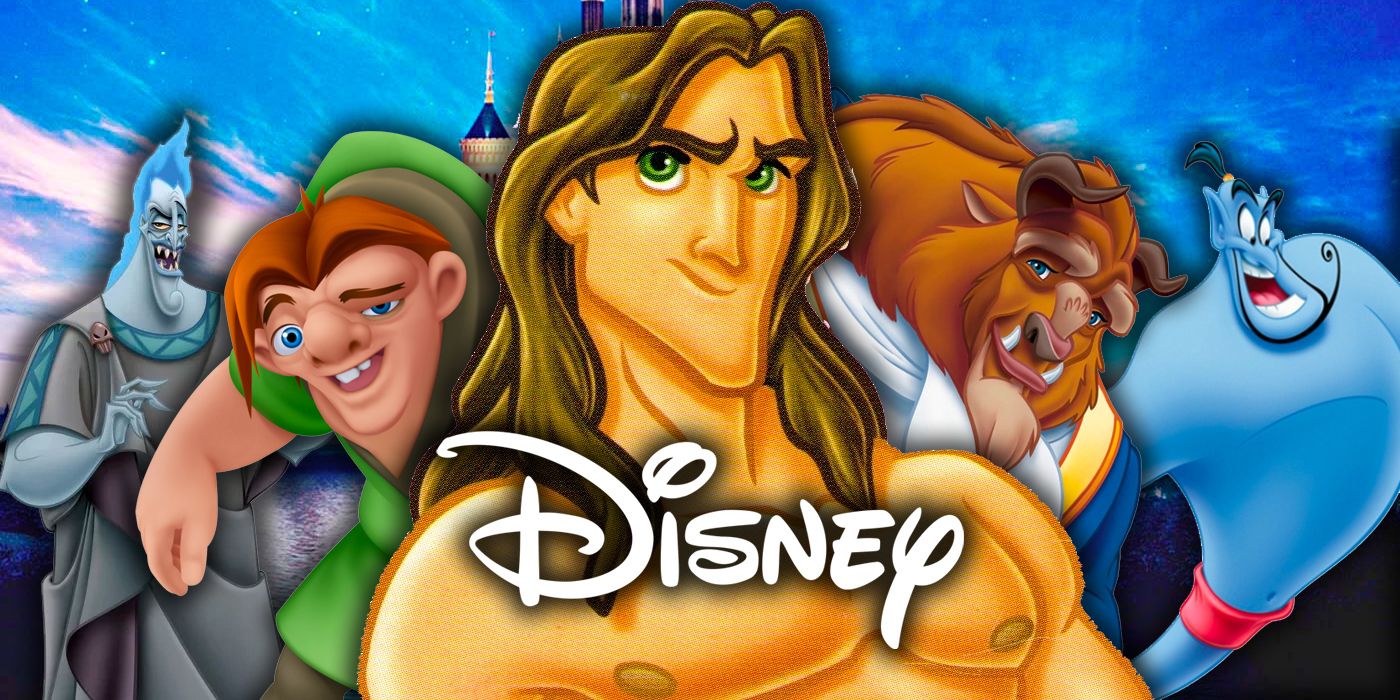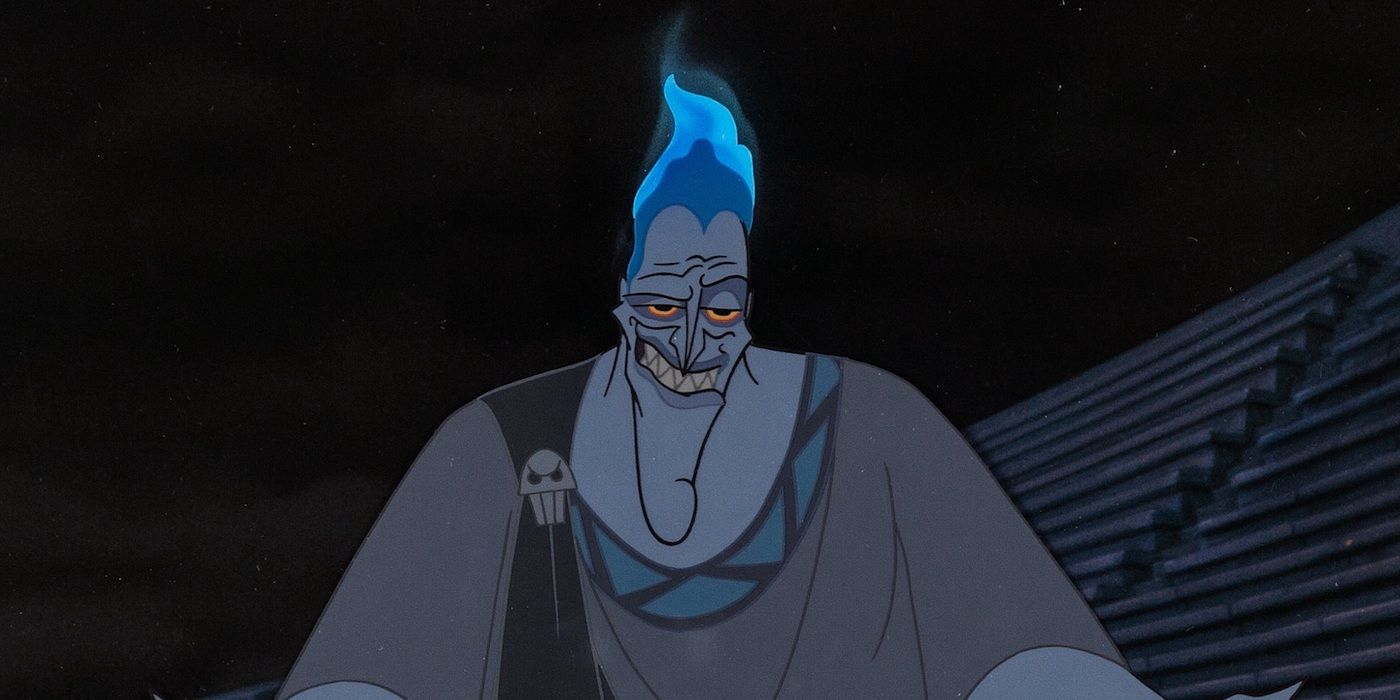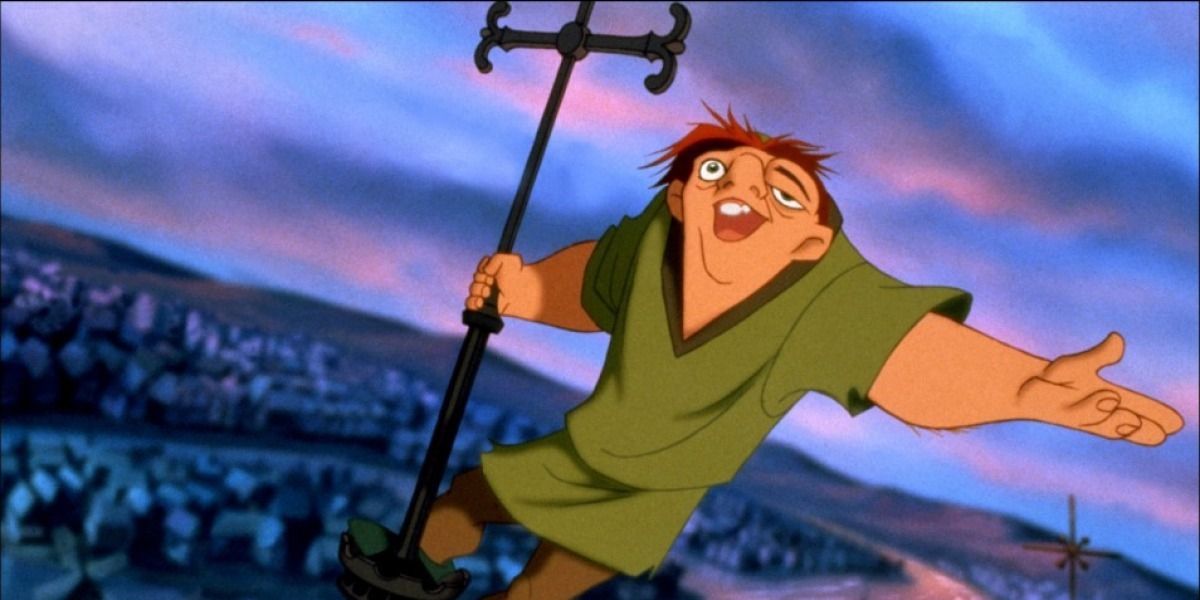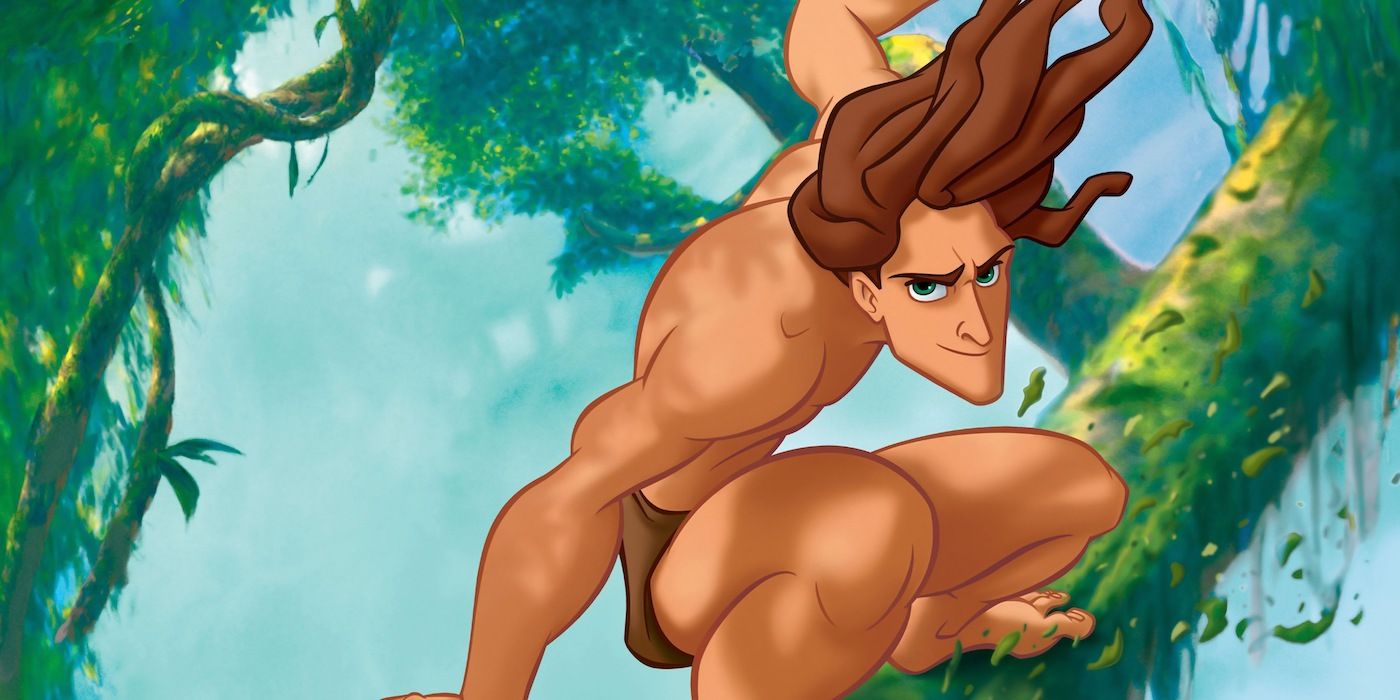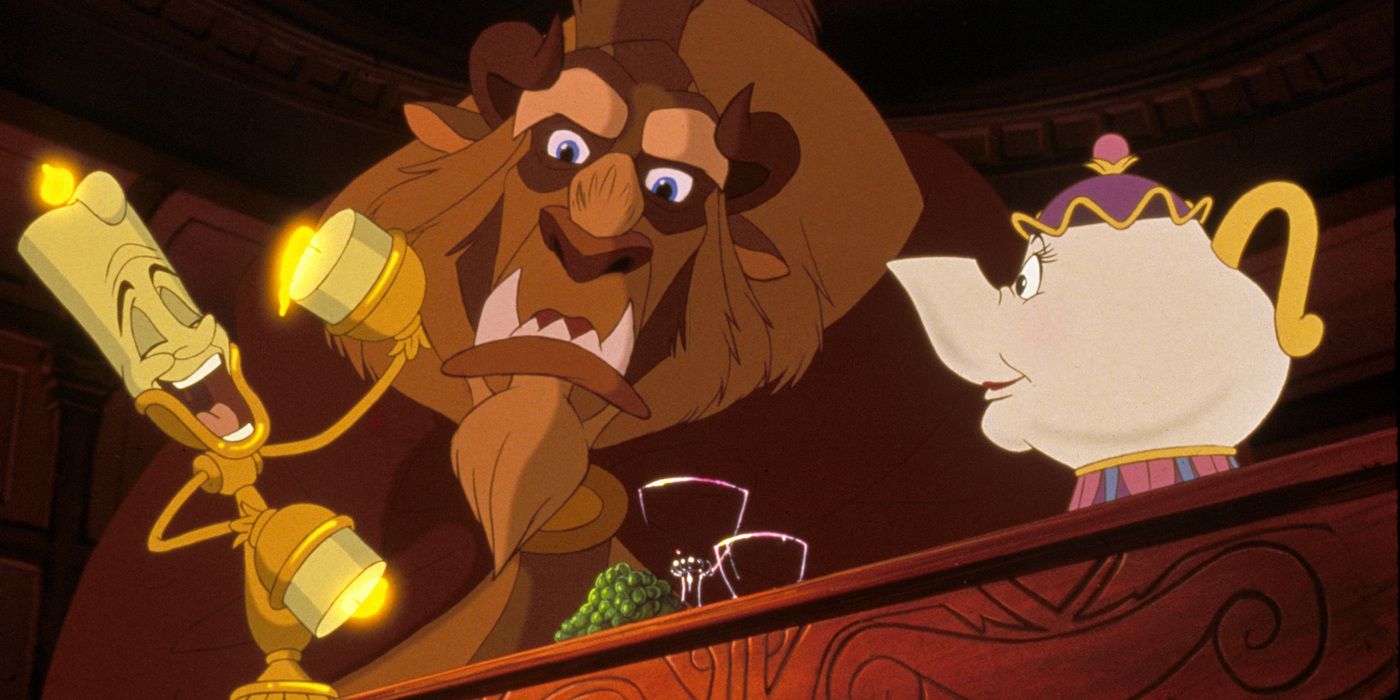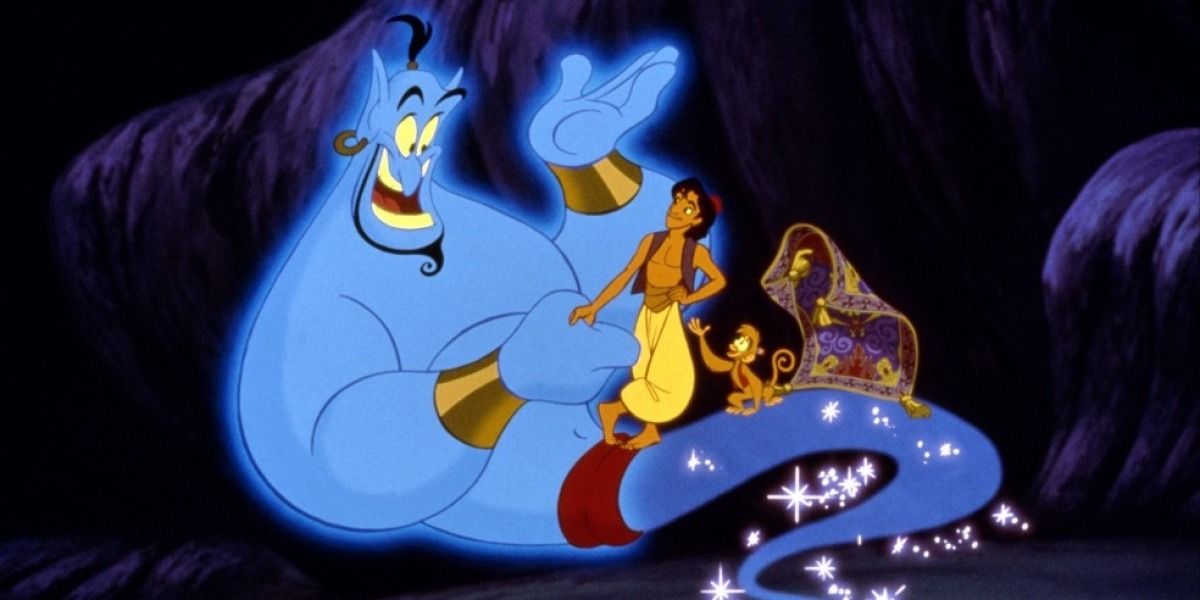The greatest asset of any Disney animated feature is far and away its cast of characters. From princesses to villains and everything in between, each era of Walt Disney Animation creates its own roster of icons that persist long after their respective films. One would be hard-pressed not to name at least one Disney character that they were inspired by or identified with from childhood growing up into adulthood. Through vast amounts of merchandising, live-action remakes, and theme park attractions, even the Walt Disney Company is shrewdly aware of the long-lasting appeal of its characters across generations and how to capitalize on them.
So, what is it about Disney characters that makes them stand out above the animated crowd and continue to live in the collective cultural consciousness? The mark of a memorable Disney character is the heart and distinct personality behind them, and how those elements are brought to life through the art of animation. The Walt Disney Animation Studio has always been characterized by its animators’ ability to bring believable personalities to life through only a sequence of still frames assembled on the screen. The Disney renaissance of the 1990s saw the height of the studios’ hand-drawn craft and its animators’ understanding of story, anatomy, and performance in bringing to life characters that are still celebrated to this day.
From heroes to sidekicks, here is a list of the top five most prestigious Disney renaissance performances and the animators that brought them to life.
5. Hades
In 1997’s Hercules, Hades represents a new class of Disney villainy. He is the dark lord of the underworld and reigns over the souls of the dead, but he is far from a stiff. Where most Disney villains gleefully indulge in how evil they are or drape themselves in intimidating menace, Hades is a fast-talking charmer who treats his scrambles for power like a business venture. Supervising animator Nik Ranieri was inspired by James Woods’ unique, used car salesman take on the Grecian god. The sleazy charisma of Woods’ performance is reflected in Ranieri’s animation that balances schmoozing with red-hot rage. Hades is always looking to make a deal and maintain control of whatever scene he is in, emoting principally with his hands and endearing himself to the heroes as if they were clients. Hades represents one of the finest marriages of animator and vocal performance to come out of the '90s Disney decade.
4. Quasimodo
Disney heroes are traditionally on the photogenic side of external beauty. But when it came to animate The Hunchback of Notre Dame’s titular lead, supervising animator James Baxter was tasked with shining the inner beauty from one of literature's ugliest creatures. Quasimodo (Tom Hulce) is a kind-hearted man cast out from society for his physical deformity. For the purposes of Disney’s take on Victor Hugo’s work, his design had to be recognizably ugly, while also expressive and appealing as an on-screen protagonist. Baxter’s animation hit the perfect fusion of leading man readability and pitiable outcast. While his postural and facial features were distinctly alien to the citizens of Paris, his eyes and body language were soulfully human and innocent. Despite his monstrous visage, Quasimodo was animated with a lightness and sincerity that is as angelic as the bells of the cathedral itself.
3. Tarzan
Edgar Rice Burroughs’ immortal hero Tarzan was a wild he-man who survived his entire life in the harshness of the jungle, emerging as lord of the apes and champion of the greater animal kingdom. Burroughs envisioned him as an inhuman combination of pure strength and animal instinct. In Disney’s Tarzan, supervising animator Glen Keane made a Tarzan (Tony Goldwyn) that was not only more athletically feral than any previous incarnation, but also one that had a distinctly human sense of fun. Tarzan navigates the stretches of the jungle canopy with strength and ferocity he acquired by mimicking his fellow denizens of the jungle, which is exactly what Keane and his animation team did. By studying the movements of primates, big cats, and lizards, Keane’s animation gave Tarzan animalistic body language and mobility, while still portraying him with a believably human anatomy and mode of expression. Keane also took inspiration from skaters like Tony Hawk to give Tarzan a dynamic method of practically surfing the treetops with a gleefully free-spirited enthusiasm, which fed into the basis of his personality as a rebellious young man. Disney’s Tarzan was an ape-man for the ’90s that combined the Disney artist’s understanding of anatomy and behavior with their eye for entertainment and relatability.
2. The Beast
What Glen Keane brought to Tarzan in attributing animal behavior to a human design he first learned in giving a human soul to a monstrous beast. 1991’s Beauty and the Beast told one of the world’s most famous fairy tales that championed the transformative power of love. For a story that had so many iterations across cultures over the centuries, the Beast (Robbie Benson) could have been designed in any number of ways to evoke the idea of a cursed monster. Keane took it upon himself to come up with a design that, like Tarzan, combined the features of various animals to form a cohesive whole that still can be read as inhabited by a human soul. The Beast’s anatomy combines the body of a bear, the legs of a wolf, the head of a buffalo, the mane of a lion, the horns of a goat, the tusks of a boar, and the brow of a gorilla in a frightful final design that is also capable of human emotion. The Beast looks, moves, and behaves like an animal, but is still a human at heart, which becomes more and more apparent as he starts to fall in love. Over the course of the film, the Beast begins to emote and behave more human, all rooted in his facial expressions and Keane’s insistence on having the eyes be the window to the prince within the monster. The animation on the Beast is Keane’s finest work for how believably it brought the Beast’s soulful humanity out of an intimidating creature design.
1. The Genie
The union of a talented animator and a voice talent to inspire them has been the cornerstone of great Disney animation since the very beginning. And that magic is what was found in 1992’s Aladdin. The Genie was brought to life by the unmistakable voice of Robin Williams and the talents of animator Eric Goldberg. Williams’ comic persona of rapid-fire improvisations and manic energy evokes a feeling reminiscent of a classic cartoon character, which is channeled perfectly by Goldberg’s lively, kinetic, and streamlined animation. For as frantically quick-witted as Williams was in the recording booth, Goldberg was able to keep up with and match his energy in the closest Disney animation has come to a Looney Tunes sensibility. The Genie is the most elastic Disney animated character there is, with each frame of him on screen pushing-and-pulling, squashing-and-stretching his body like rubber into extreme expressions and shapes. Despite his cartoony nature, the Genie was also able to illustrate Williams' sincerity in the film’s more sobering moments, giving more sentimentality and pathos than ever given before to a Disney sidekick. The Genie is the ultimate testament to Disney animation’s power to build an immortal character through a performance composed solely out of a voice recording and marks on the page.

